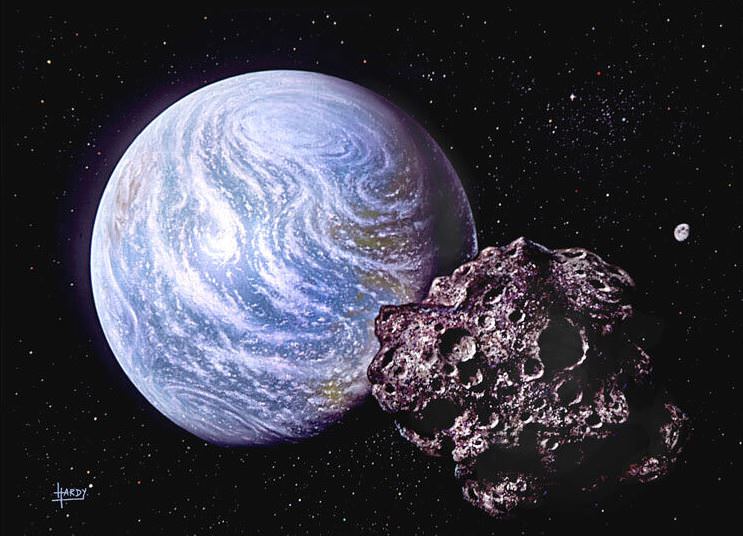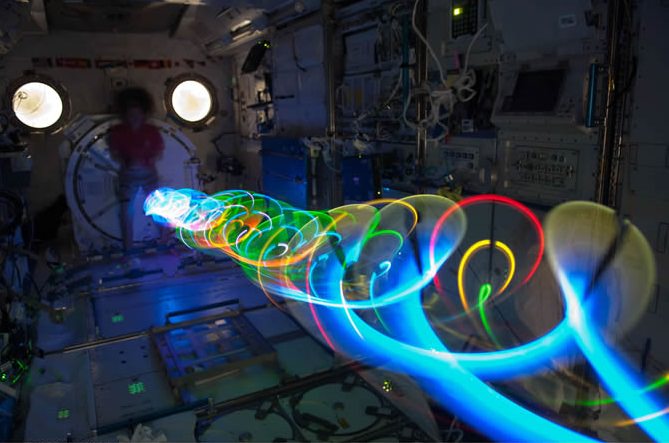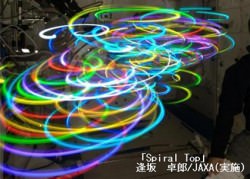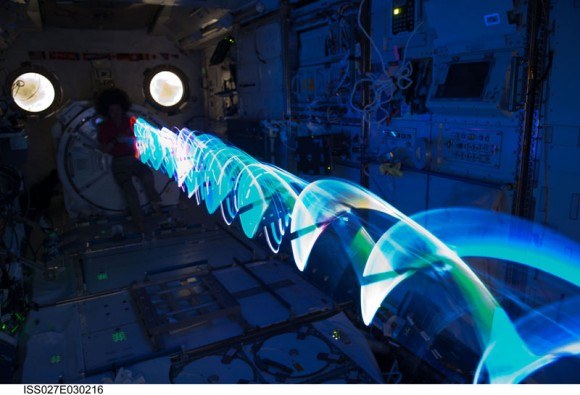Watch out, asteroid 1999 JU3: you’re being targeted. As several media reports reminded us, the Japan Aerospace Exploration Agency (JAXA)’s Hayabusa-2 asteroid exploration mission will carry a ‘space cannon’ on board — media-speak for the “collision device” that will create an artificial crater on the asteroid’s surface.
“An artificial crater that can be created by the device is expected to be a small one with a few meters in diameter, but still, by acquiring samples from the surface that is exposed by a collision, we can get fresh samples that are less weathered by the space environment or heat,” JAXA states on its website.
Reports indicate JAXA is on schedule to, er, shoot this thing into space for a 2018 rendezvous with an asteroid. The spacecraft will stick around the asteroid for about a year before heading back to Earth in 2020. The overall aim is to learn more about the origin of the solar system by looking at a C-type asteroid, considered to be a “primordial body” that gives us clues as to the early solar system’s makeup.
Check out more on Hayabusa-2 on JAXA’s website.




